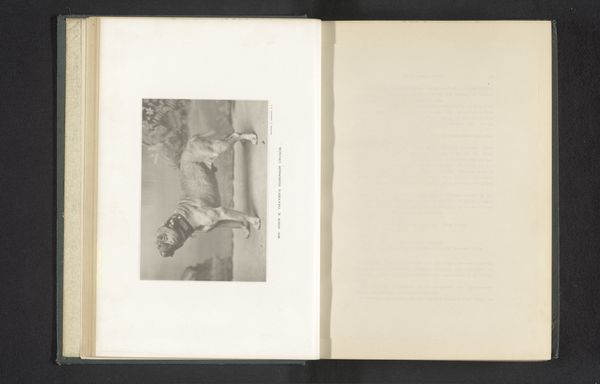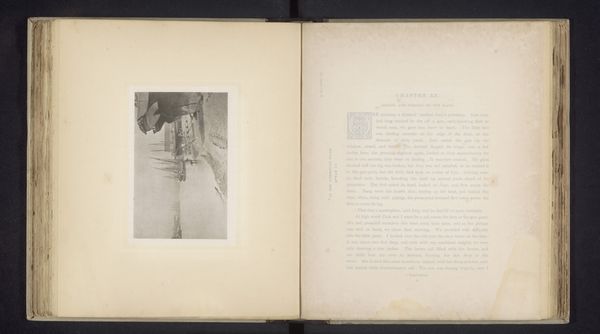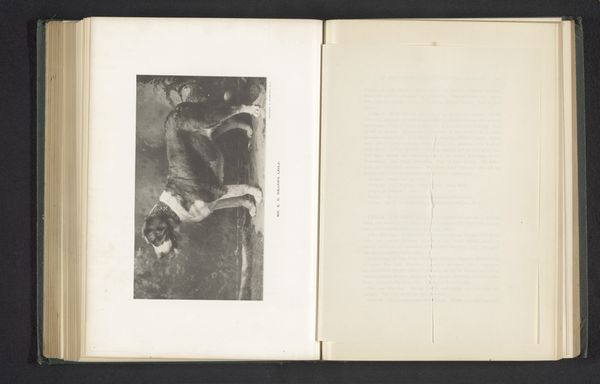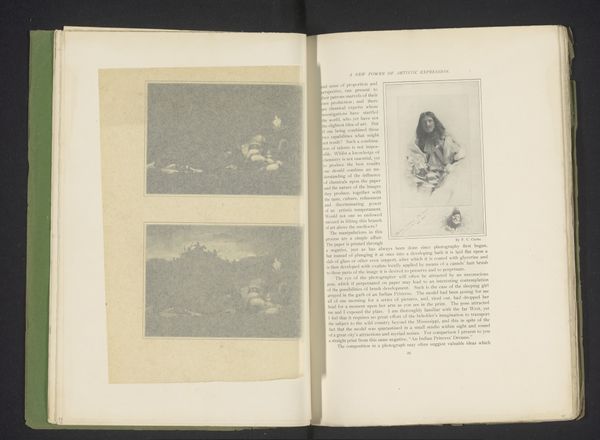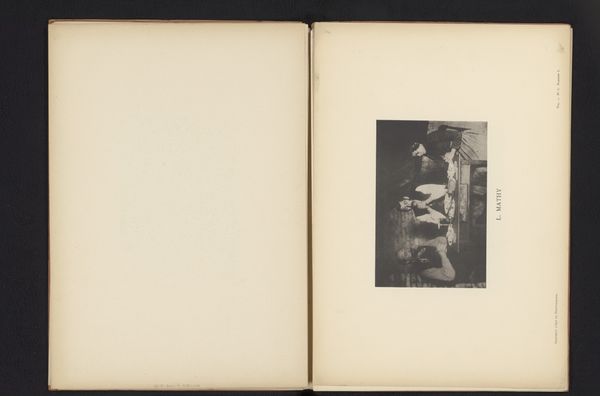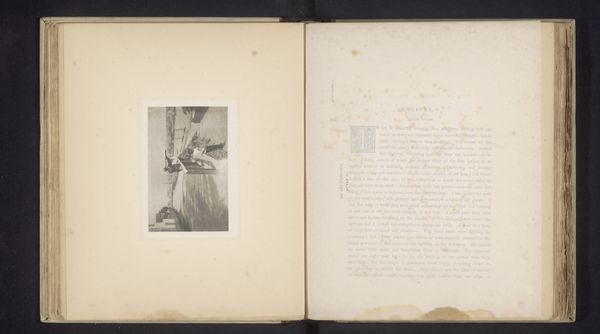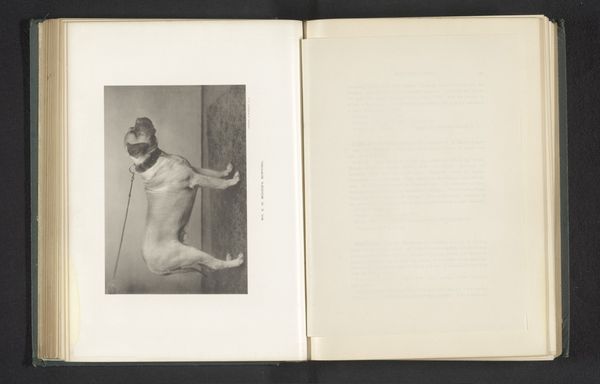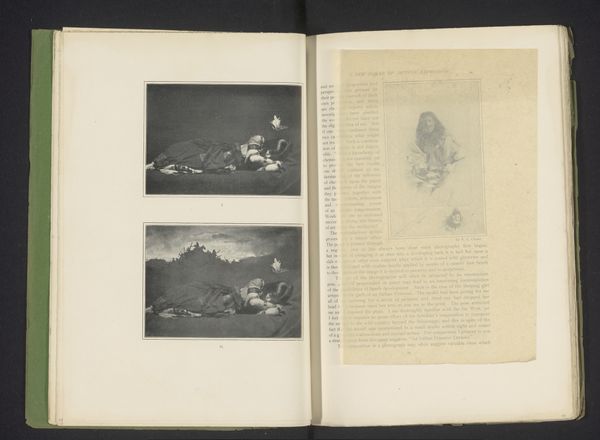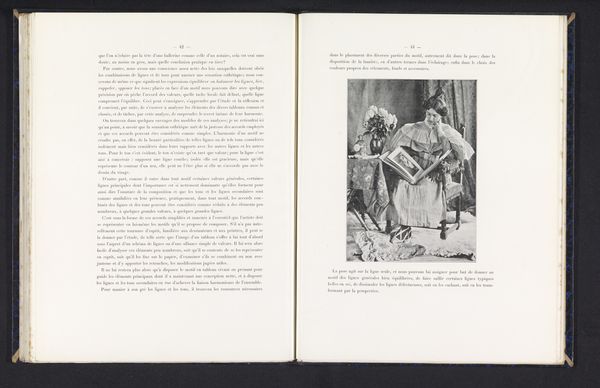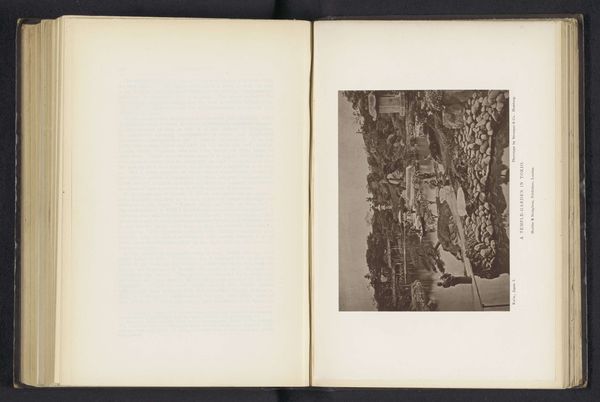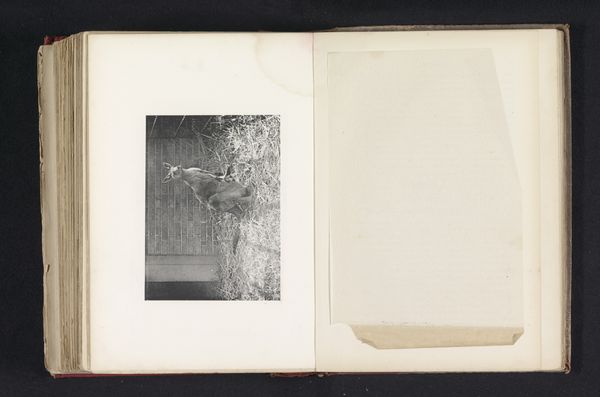
#
aged paper
#
homemade paper
#
paper non-digital material
#
paperlike
#
paper texture
#
folded paper
#
thick font
#
publication mockup
#
paper medium
#
publication design
Dimensions: height 115 mm, width 169 mm
Copyright: Rijks Museum: Open Domain
Curator: Well, I'll be doggoned. I'm drawn right into this one, hook, line, and… well, stream. Editor: This is a photograph titled "Buldog," dating back to before 1888. What initially strikes you? Curator: It's honest. Unfiltered, if you will. There's this bulldog, see, right there in the act, claiming his territory, I reckon. Upside down! A humorous image about bodily functions becomes public display. It's charming in its sheer audacity, a real rebel yell on paper. I wonder why it's mounted upside down though? It seems intentionally disruptive to my perspective as the viewer, don't you think? Editor: It certainly is, isn't it? To address your insightful observation about public display, consider that early photography was deeply entwined with science and social documentation. Animal photography, specifically, served purposes ranging from behavioral studies to shaping breed standards. Now, as for its display, remember museums were, and in some ways remain, arbiters of taste, dictating what's considered "art" versus simple documentation. Turning it upside down makes me consider humor and commentary on what the medium, display, and taste would dictate. It's… provocative, in a cheeky way. Curator: Cheerful! Absolutely. And you mentioned science – perhaps it's a nod to Darwin himself. Evolution, the natural world… and a dog simply doing what dogs do. But framed, posed, mounted on aged paper. Makes you wonder if there's a larger statement about who gets to decide what's worthy of our attention. It certainly forces the viewer into interaction, if only to question what they're seeing! Editor: Exactly! The act of framing everyday life – a dog urinating against a tree – as worthy of observation and preservation speaks volumes. Also, keep in mind the date, the late 19th century, when ideas of social decorum were increasingly challenged in art and literature. Images like this pushed the boundaries of what was considered acceptable for public consumption, didn’t they? Photography was becoming a tool for questioning social norms. Curator: Almost a punk statement before punk was a thing. Editor: Precisely! So next time you see an artwork that seems to flout convention, think of our little bulldog here. He's reminding us that art isn't always about grand pronouncements. Curator: Sometimes it's just about a dog, a tree, and a well-aimed stream. Editor: Leaving its mark, quite literally, on history.
Comments
No comments
Be the first to comment and join the conversation on the ultimate creative platform.
